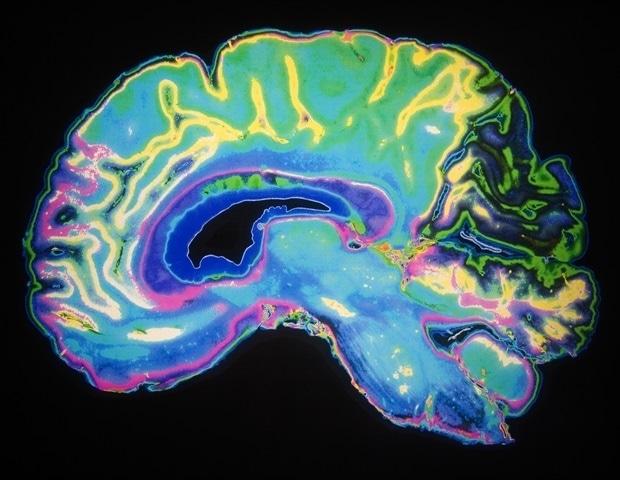
[ad_1]
Implanting a device into the brain to generate a rough perception of vision for people with blindness may sound like science fiction, but researchers at the University of Texas at Dallas and partner institutions aim to make that vision a reality.
The project involves implanting devices containing small electrodes into the occipital cortex, a part of the brain that processes visual information.
The device will receive image-based signals from a camera that the user is wearing on a headband. The signals command implanted devices to electrically stimulate neurons to produce an apparent visual perception of tiny white spots called phosphenes.
Researchers hope these white spots can form images that can help people with blindness better recognize objects and navigate around.
Dr Stuart Cogan, a professor of bioengineering at the Erik Jonsson School of Engineering and Computer Science, is working on the project with lead researchers from the Illinois Institute of Technology (IIT) who have received a grant (UH3NS095557) from the National Institute of Neurological Disorders and stroke.
The grant, part of the National Institutes of Health’s Brain Research through the Advancing Innovative Neurotechnologies (BRAIN) initiative, supports a small clinical trial that will test the technology in five people.
The study will provide the first opportunity for researchers to learn whether and how well the intracortical visual prosthesis works for people with blindness.
During the clinical trial, Cogan and his team will monitor the safety of electrical stimulation. UT Dallas researchers will collect, analyze and track data from the electrodes. Each device has up to 16 of the tiny conductors, each smaller than a human hair in diameter.
Our role at UT Dallas is to study the electrode response. Our task will be to examine the electrochemistry of the electrodes and make judgments on the stimulus levels of electric current that we can provide without harmful effects.. “
Dr Stuart Cogan, Professor of Bioengineering, Erik Jonsson School of Engineering and Computer Science, University of Texas at Dallas
Cogan has been collaborating for 15 years with the researchers involved in the project. Prior to joining UT Dallas in 2014, Cogan, as vice president of EIC Laboratories, worked with IIT researchers to develop electrode technology. His research involved ensuring that the electrodes are stable and reliable for long-term use in the brain.
Participants in the clinical trial will work with researchers to determine how well electrical stimulation produces phosphenes and whether these phosphenes can be used by the participant to interpret their surroundings.
“The user will have the perception of patterns made up of points of light or phosphenes,” said Cogan. “Users should be able to identify the light and dark areas of a scene.
There is a reasonable expectation that the visual prosthesis will help navigate spaces by identifying the edges of walls, openings such as doors and windows and perhaps movement. “
Cogan pointed out that the participants, who have not yet been selected, go far beyond a typical volunteer role.
“They are pioneers,” Cogan said. “The clinical trial participant does not adequately describe their role. They will be truly colleagues.”
Source:
University of Texas at Dallas
.
[ad_2]
Source link